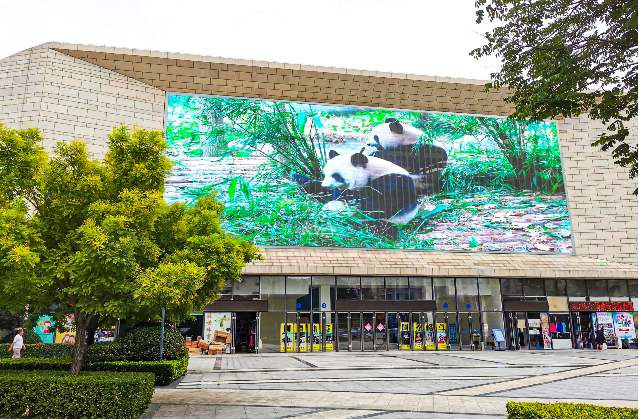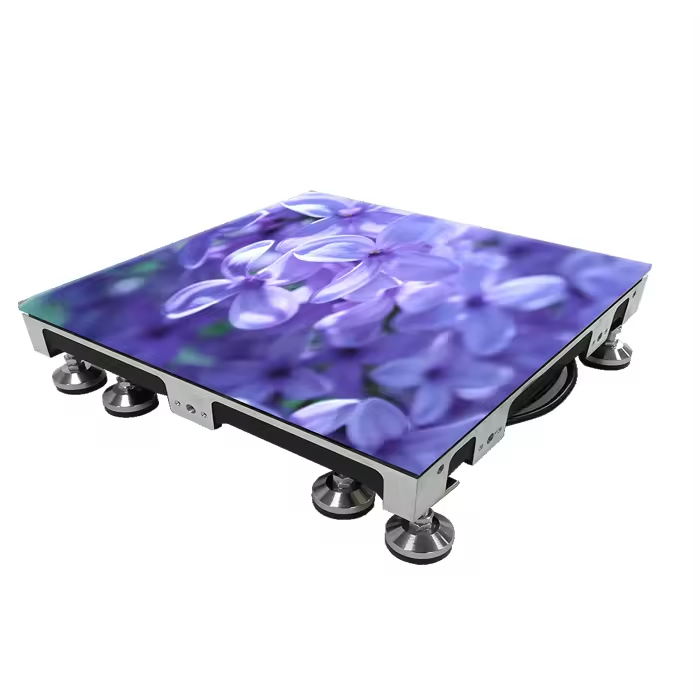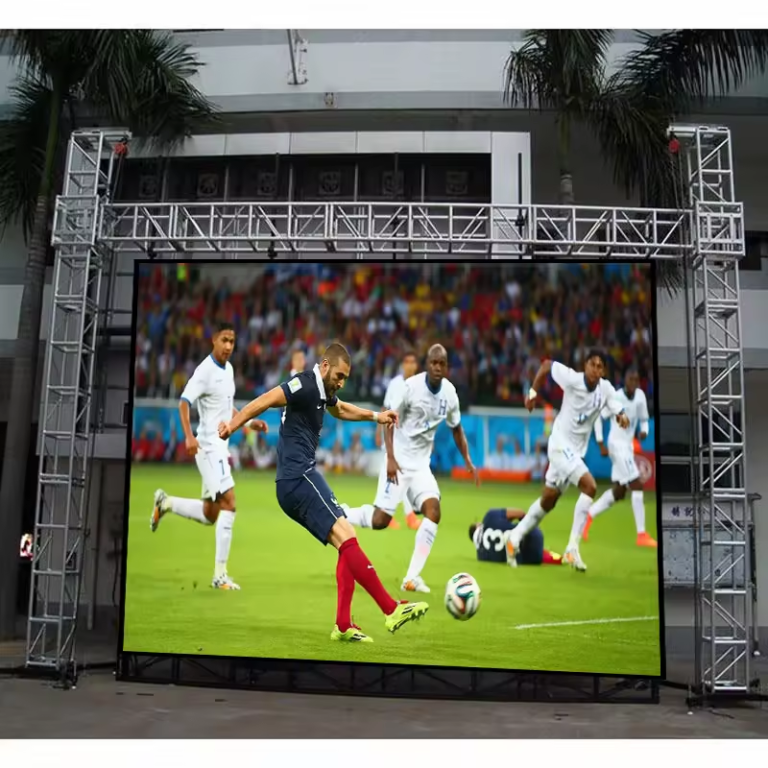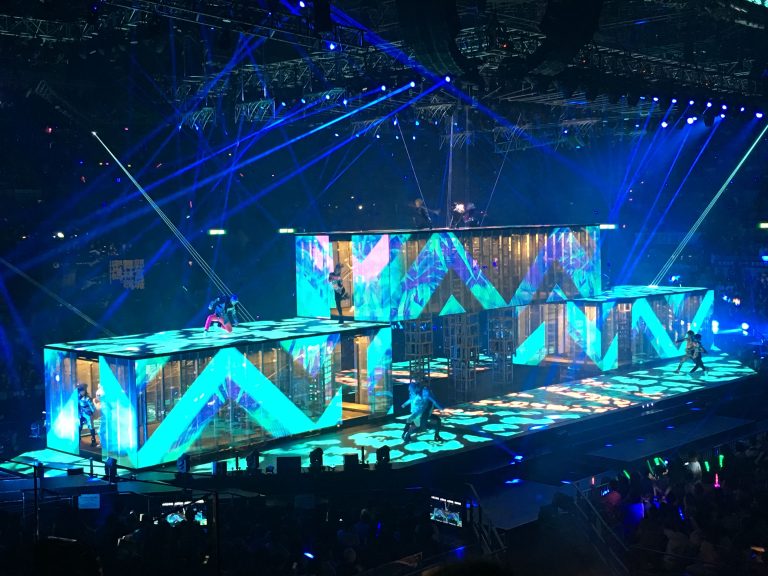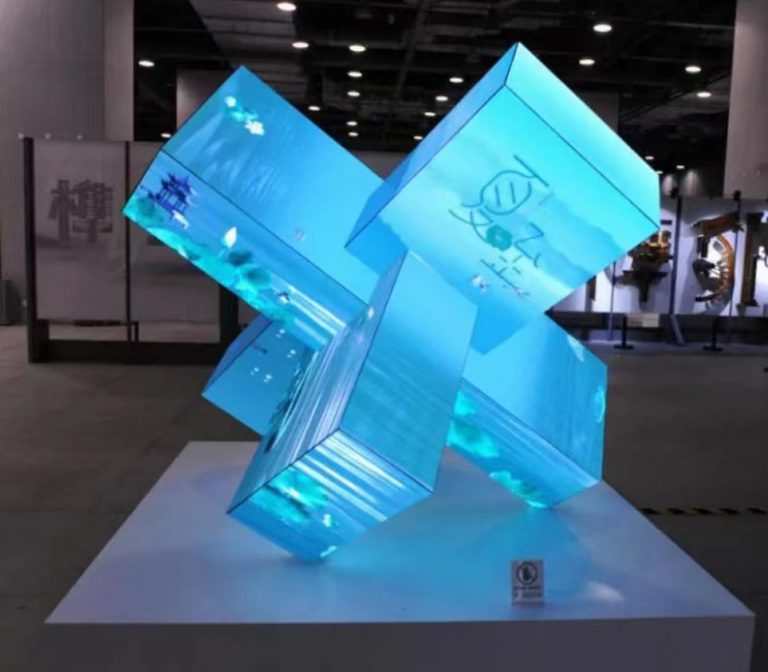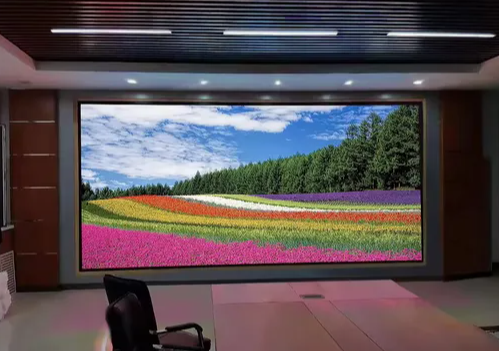LED Electronic Screen | High Definition Display Solutions to Light Up Your Every Moment
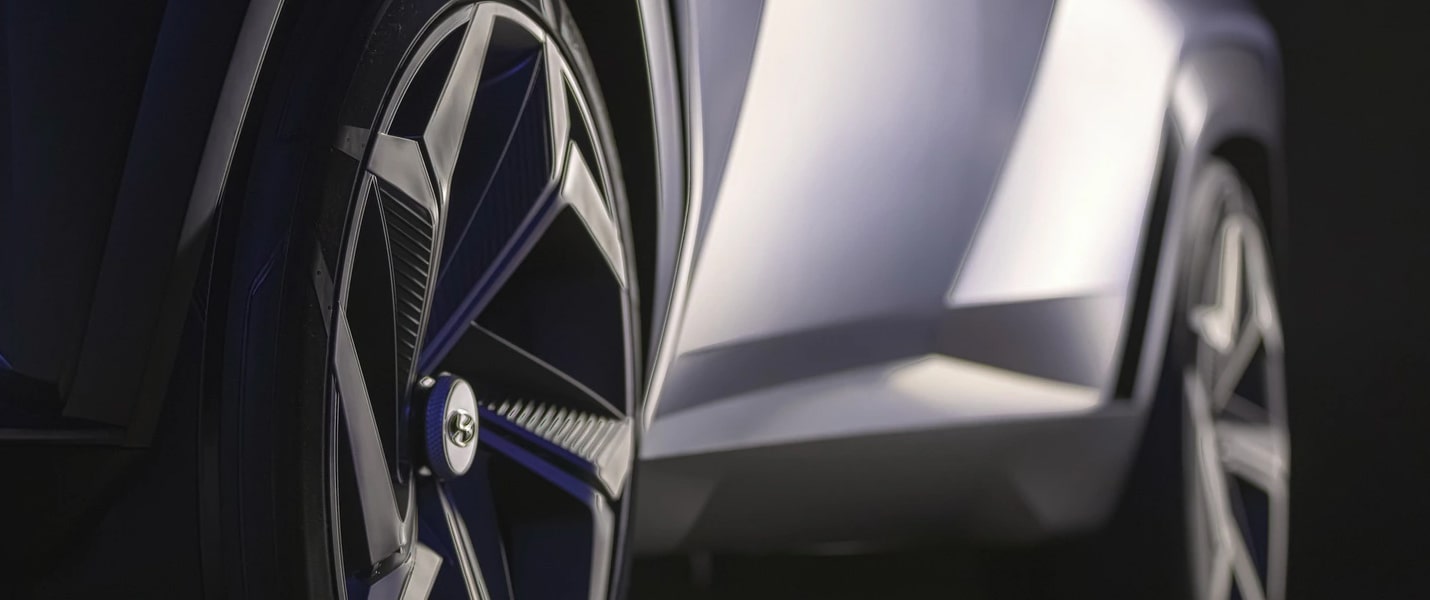
How to conduct pre-installation environmental inspection of the crystal film screen
The flexible transparent led film screen is a revolutionary display technology that combines transparency, flexibility, and high-quality visuals. To ensure optimal performance, conducting a thorough pre-installation environmental inspection is crucial. This guide will walk you through the key steps to assess your installation site and prepare it for the seamless integration of your flexible transparent led film screen.

Why Pre-Installation Inspection Matters
A flexible transparent led film screen is a sophisticated piece of technology, requires specific environmental conditions to function at its best. Skipping the pre-installation inspection can lead to issues, such as reduced performance, hardware damage, or even safety hazards. By carefully evaluating the installation site, you can avoid these problems and ensure a smooth setup process.
Step 1: Assess the Installation Surface
The surface where the flexible transparent LED film screen is installed is crucial, it significantly impacts both the screen’s performance and durability.
- Check for Flatness and Stability: Ensure the surface is flat and stable enough to support the screen. Uneven surfaces can cause stress on the screen, leading to potential damage.
- Evaluate Weight Capacity: Verify that the surface can bear the weight of the flexible transparent led film screen and its mounting hardware.
- Consider Transparency Requirements: Since the screen is transparent, ensure the background is visually appealing and free from clutter or distractions.
Step 2: Measure Ambient Light Conditions
Ambient light can significantly impact the visibility and performance of a flexible transparent led film screen.
- Avoid Direct Sunlight: Excessive sunlight can cause glare, making the screen difficult to view. Choose a location with controlled lighting or install shading solutions.
- Test Lighting Levels: Use a lux meter to measure ambient light levels, ensure they fall within the recommended range for your screen.
- Plan for Adjustable Lighting: If possible, install adjustable lighting to optimize visibility during different times of the day.
Step 3: Evaluate Temperature and Humidity
Extreme temperatures and humidity levels can affect the performance and lifespan of your flexible transparent led film screen.
- Check Temperature Range: Ensure the installation site maintains a temperature within the operating range specified by the manufacturer (typically 0°C to 40°C).
- Monitor Humidity Levels: High humidity can lead to condensation or corrosion. Aim for a relative humidity level between 20% and 80%.
- Avoid Heat Sources: Keep the screen away from heat sources such as radiators, heaters, or direct sunlight to prevent overheating.
Step 4: Inspect Electrical and Signal Infrastructure
A reliable power supply and signal connection are essential for the smooth operation of your flexible transparent led film screen.
- Verify Power Supply: Ensure the site has a stable power source that meets the voltage and current requirements of the screen.
- Check Cable Routing: Plan the routing of power and signal cables to avoid tripping hazards or interference. Use cable management solutions for a clean and organized setup.
- Test Signal Strength: If using wireless transmission, test the signal strength at the installation site to ensure consistent performance.
Step 5: Ensure Proper Ventilation and Airflow
Proper ventilation is crucial to prevent overheating and maintain the performance of your flexible transparent led film screen.
- Avoid Enclosed Spaces: Ensure the screen is installed in a well-ventilated area to allow heat to dissipate effectively.
- Check for Obstructions: Make sure there are no obstructions blocking airflow around the screen or its components.
- Consider Cooling Solutions: For high-performance installations, consider adding fans or other cooling solutions to maintain optimal operating temperatures.
Step 6: Plan for Maintenance and Accessibility
Regular maintenance is key to keeping your flexible transparent led film screen in top condition.
- Ensure Easy Access: Design the installation to allow easy access for cleaning, repairs, or upgrades.
- Create a Maintenance Schedule: Plan regular inspections and cleaning to prevent dust buildup or hardware issues.
- Document the Setup: Keep a record of the installation process, including wiring diagrams and component locations, for future reference.
Conducting a thorough pre-installation environmental inspection is the first step toward ensuring the optimal performance and longevity of your flexible transparent led film screen. By carefully evaluating the installation site and addressing potential issues, you can create a seamless and visually stunning display that meets your needs.
Whether you’re installing a flexible transparent led film screen in a retail store, office, or public space, proper preparation is the key to success. Follow this guide to set the stage for a flawless installation and enjoy the transformative power of transparent display technology.

